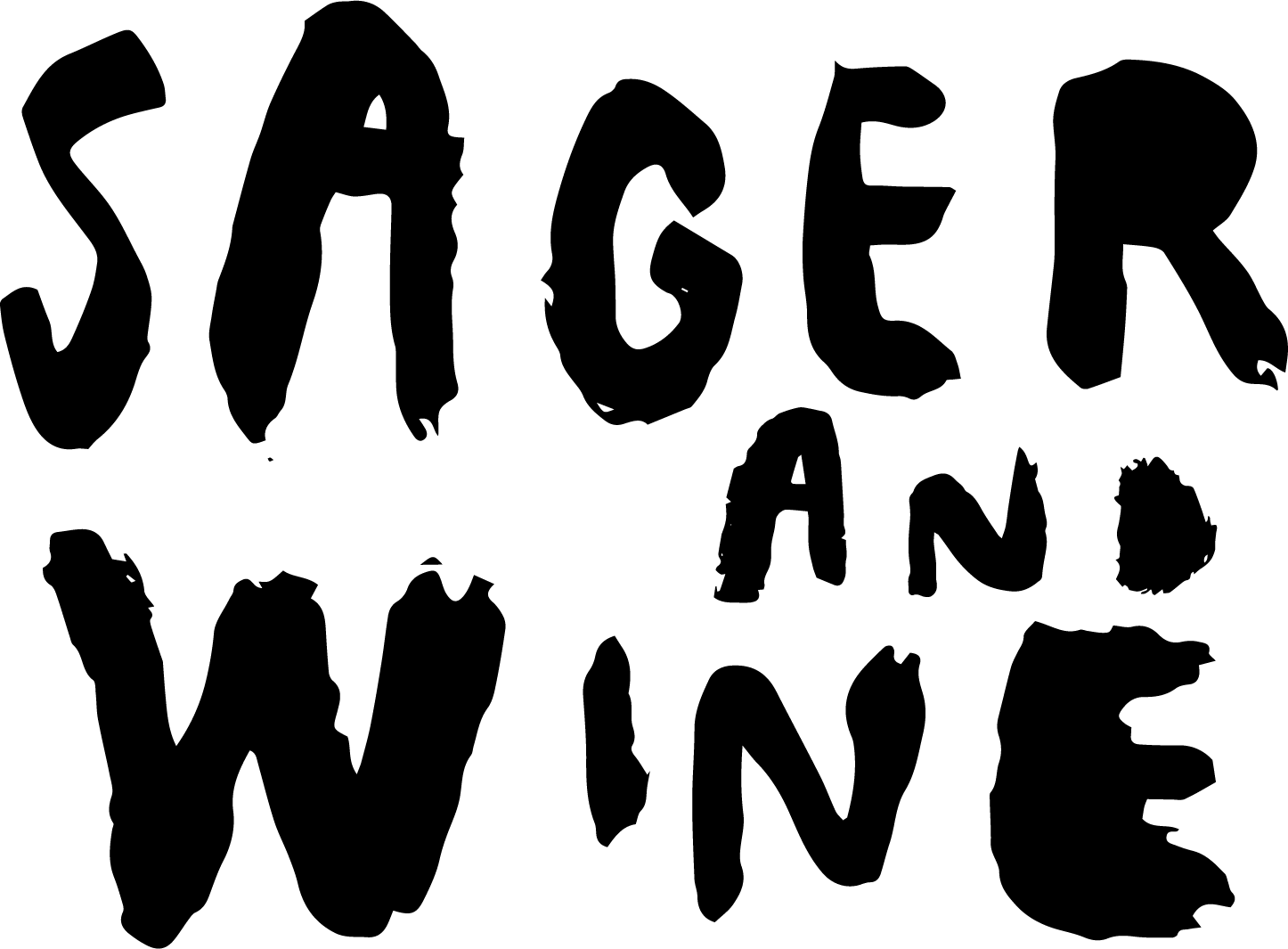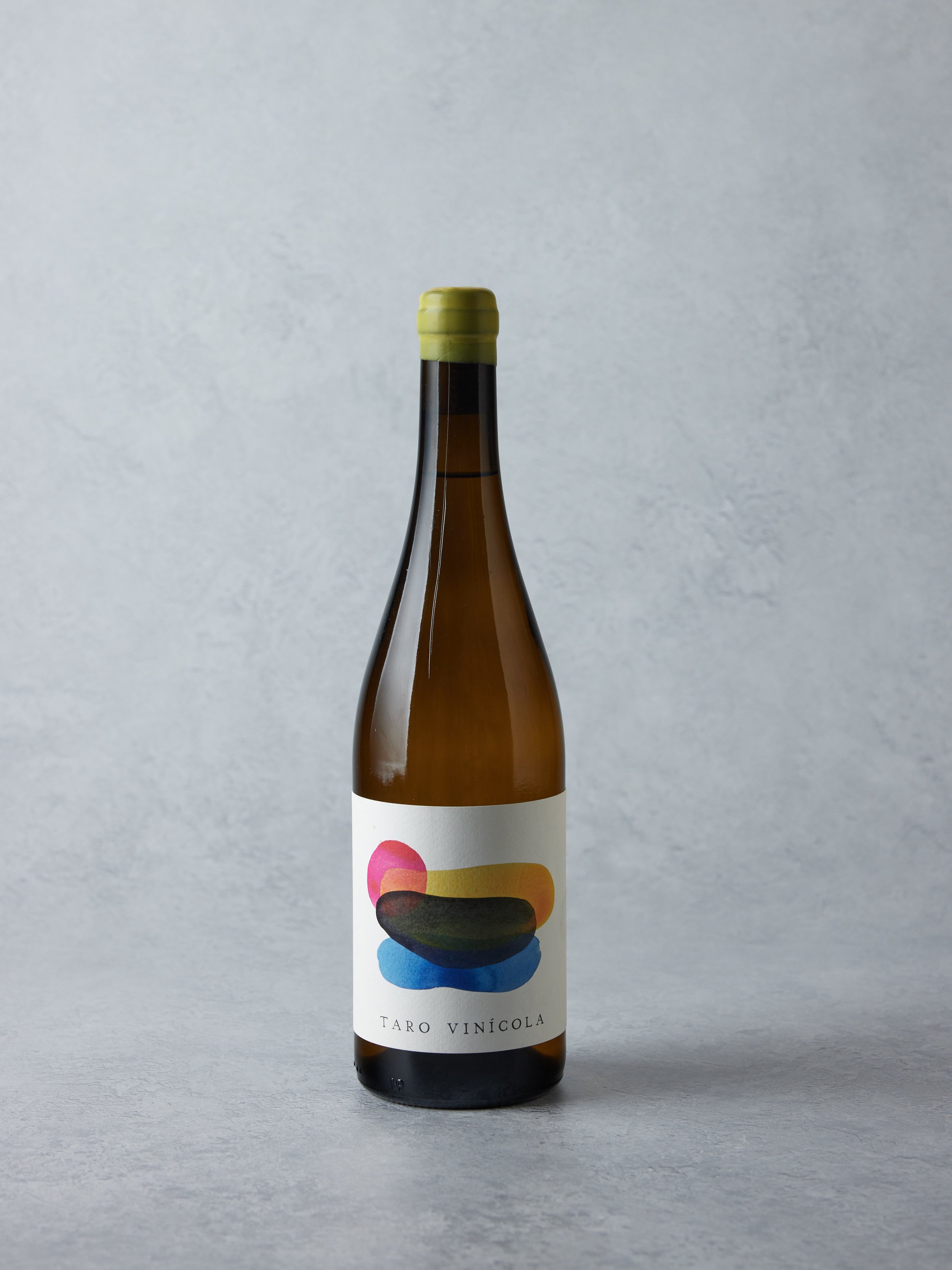PABLO MATALLANA
Lanzarote & Tenerife
Canary Islands
Originally from Lanzarote, Pablo Matallana spent time traveling between Valencia and Barcelona, and cut his teeth working for top names such as Mas Martinet in Priorat and Le Bon Pasteur in Pomerol. In 2015, he bottled his first vintage from a recuperated old vineyard in Tenerife named La Bardona. It was a difficult vintage and only produced 500 bottles. After a couple of vintages spent in Chile improving his craft under the watchful eye of Louis-Antoine Luyt, he felt the call to return to his roots and focus on a project that would showcase the uniqueness of the Canary Islands. In 2018 joined the Taro Vinícola project, a small set of vineyards and a winery owned by family friends, set in the dramatic landscape of Lanzarote. Initially the winery farmed and sold grapes to a number of larger projects, but with Pablo’s arrival they stopped doing so and started to focus vinifying their own fruit.
The volcanic archipelago of the Canary Islands consists of seven islands. Lanzarote's singular positioning and altitude create challenging conditions. This is due to the closer proximity to the African continent and the absence of a high peak, common in other islands, which contribute to a very arid windswept climate. Over 200 smaller volcanoes are dotted around at lower elevations, with a maximum height of 670m, leaving the land more exposed to the hot winds.
The landscape is barren, marked by a thick layer of dark ashy soils and very little greenery. These soils lack organic matter but are rich in minerals and nutrients, contributing to water retention, which is scarce on the island, with an average rainfall of just over a couple of weeks per year. Vines have found an incredible singular terroir here, producing some of the most unique wines in the world. These are planted in either walled holes (Hoyos) or trenches (Zanjas), carved into the black soils resembling small craters, creating a moon-surface like landscape. These protect the vines from the hot winds and slow the evaporation rate. Furthermore, to shelter and shade from the winds and sun, growers have traditionally built stone structures named Taros, which give the name to the project.
Alongside Taro Vinícola, Pablo still manages a handful different projects in the Canaries, including La Bardona, in Tenerife. La Bardona, project has a special place for Pablo has this was the first project he worked with in the Canary Islands. It focus on a series of centenary vineyards in the North of the island. The higher elevations and exposure to the Atlantic make powerful wines, with aromatic precision and vibrant acidity.
Pablo farms the vineyards across the two projects following organic and some biodynamic principles. He vinifies his wines with a focus on indigenous varieties such as Malvasía Volcânica, Diego, and Listáns Blanco and Negro. In the winery, he favours spontaneous fermentations and typically ages his wines for a period of time on fine lees. French oak barriques are used for maturation but always used to let the aromatic precision of the wines come through. The whites are concentrated with electric energy and a saline edge. For the reds, he prefers a gentle extraction and often uses a percentage of whole bunches for purity and perfumed intensity.
Taro Vinícola Blanco
Vintage 2021
Style White
Region La Geria, La Vegueta and Juan Bello, Lanzarote
Varieties Malvasía Valcanica, Listán Blanco, Diego
ABV
Soils Volcanic
Farming Organic, Biodynamic principles
Winemaking The majority of Malvasia comes from a parcel in the Montaña Timbaiba. This deep limestone soils and its proximity to the northern coast of the island, bring tension, minerality and salinity to the blend. The Listán Blanco and some of the remaining Malvasía come from La Geria, more specifically a plot in the Montaña Diama. The Listán manages to soften the aromatic character of the Malvasía contributing classic herbaceous and earthy notes. Finally, a small percentage of the blend is made with the Diego grape, which is sourced from the Juan Bello mountain and adds some freshness and citric edge to the the final wine. The wine is spontaneously fermented in 500-600L barrels where it rests on its fine lees for 8 months. Malolactic fermentation occurs naturally due to the low levels of added sulfur. The wine is bottled unfiltered. Only 1800 bottles have been produced.
Tasting Note Tangerine zest, ripe white pear, hint of vanilla. Beautiful citric tension and freshness o the palate that finishes in a generous velvety texture.
Taro Vinícola La Nave
Vintage 2021
Style White
Region Los Lajares, La Vegueta, Lanzarote
Varieties Malvasía Volcanica
ABV
Soils Volcanic
Farming Organic, Biodynamic principles
Winemaking La Nave refers to the new contemporary buildings that have been built in a series of new vineyards and serve a similar function to the ancient Taros. This Malvasía is part of a new plot of vineyards that are planted in more modern rows rather than the traditional trenches or holes on the ground. This is a tribute to the new wave of work in the island. It represents a way of looking forward with respect for nature and a close eye in the structures of the past. This is the first edition of this wine.
Tasting Note Soft notes of creamy citrus, bright stone fruit lead to a elegant palate with plenty of fruit and roundness.
Taro Vinícola Tinto
Vintage 2021
Style Red
Region Lanzarote
Varieties Listán Negro, Listán Blanco
ABV
Soils Volcanic
Farming Organic, Biodynamic principles
Winemaking Sourced from an old vineyard of Listán Negro named ‘Chibusque’ located in central Lanzarote. This vineyard is co-planted with a small amount of Listán Blanco, which are grown in the traditional hoyos. The grapes were hand harvested in mid August, 20% were de-stemmed by hand and the rest processed in whole bunches undergoing a semi carbonic maceration of 8 days. The wine is then rested on it’s fine lees for 8 months. The wine is unfiltered and unfined. Only 600 bottles were made.
Tasting Note Bright blueberry fruit and red fruit notes are lifted by tangerine peel, violet aromas and a smoky intensity. Light and fresh, yet heady and perfumed.
La Bardona, Viñas del Norte Tinto
Vintage 2021
Style Red
Region Tenerife
Varieties Listán Negro, Listán Blanco
ABV 13%
Soils Volcanic
Farming Organic, Biodynamic principles
Winemaking Vines are grown on the northern slopes of the Tenerife island. The grapes come from a split of three old vineyards in the area: the majority are sourced from La Orotava (350m), a good chunk from La Victoria (680m) and a small part comes from La Matanza (650m). The wine is made using 100% whole bunches, which ferment spontaneously.
The Listán Blanco only constitutes a minuscule 1% of the blend.
Each parcel is vinified and aged separately and blended only before bottling. After fermentation, the wine rests on its lees for 8 months in neutral oak barrels. The wine is bottled without any fining or filtration and with a minimal dose of sulfur.
Only eight barrels produced.
Tasting Note
La Bardona, Viñas Trenzadas Blanco
Vintage 2022
Style White
Region Tenerife
Varieties Listán Blanco
ABV 11.5%
Soils
Farming Organic, Biodynamic principles
Winemaking Fruit is sourced from a centenary single parcel of vines trained in the traditional Córdon Trenzado system. The grapes were harvested, crushed and macerated on the skins and stems overnight. The wine is spontaneously fermented in used French oak barriques and where it also matures. The wine is bottle unfiltered, unfined and a minimal dose of SO2 is added only at bottling.
Tasting Note
La Bardona Viñas del Norte Tinto
Vintage 2022
Style Red
Region Tenerife
Varieties Listán Negro
ABV 11%
Soils
Farming Organic, Biodynamic principles
Winemaking Vines are grown on the northern slopes of the Tenerife island. The grapes come from a split of three old vineyards in the area: the majority are sourced from La Orotava (350m), a good chunk from La Victoria (680m) and a small part comes from La Matanza (650m). The wine is made using 100% whole bunches that are foot trodden. The juice is macerated in stainless steel on the skins and stems for around 5 days, where fermentation takes place as well. This is bottled without fining or filtering and a minimal dose of SO2 is added only at the bottling stage.
Tasting Note
La Bardona, Viñas Trenzadas Tinto
Vintage 2022
Style Red
Region Tenerife
Varieties Listán Negro
ABV 10.5%
Soils
Farming Organic, Biodynamic principles
Winemaking A Listán Negro from a parcel in the eastern Pinolere area of the Orotava Valley. The centenary vines are grown at 720m above sea level in the classic training system Cordón Trenzado. The grapes were hand harvested in whole clusters, which were spontaneously fermented in a infusion style semi carbonic maceration in used French barriques (228L). The wine rests and is left to mature in the same vessels until it is bottle unfine, unfiltered and a minimal addition of SO2 is processed only at the bottling stage.
Tasting Note A powerful nose with notes of redcurrant, bright red cherry, leather and smoky tones lends to a vibrant refreshing palate with tones of scrubbed herbs, rosemary and pink pepper. A little decant can help bring all the aromatics together and it is light enough for a soft chill.









